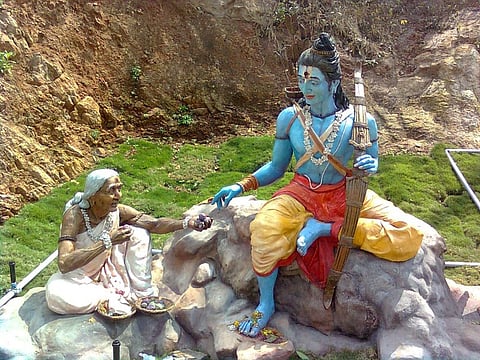Hindu scriptures have always mesmerised people in India and people across the globe with its poetic verses. The detailing of the stories, powerful characters, interesting plots and much more are the qualities that make a reader glued to Hindu mythologies such as- Puranas, Mangal–Kāvya. The stories might appear simple but when one delves deep, they can find the true meaning of the stories. Philosophers, Historians have agreed that the stories in the Hindu scriptures are layered and need to be analysed for better understanding. They aren't just a random thought of the poets but the proper history of the ages.


